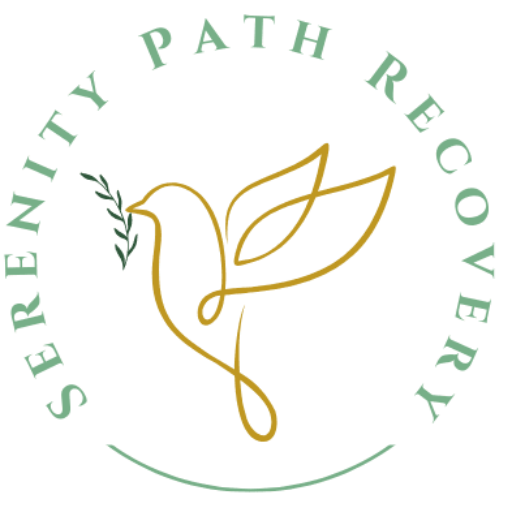Why Recovery Is a Journey, Not a Destination
TL;DR: Recovery is a journey built from steady routines, honest support, and flexible plans that handle setbacks without starting over.
If you’ve ever felt like you’re “failing” because recovery didn’t move in a straight line, remember this: recovery is a journey. Journeys have maps, weather changes, detours, and rest stops. What matters is building a path you can actually walk, day after day.
What “Recovery Is a Journey” Really Means
The phrase isn’t a slogan—it’s a strategy. Instead of chasing a finish line, you design a system that keeps you moving: clear routines, skills for cravings, and a support network that shows up when life gets messy. Evidence from national agencies emphasizes structure, connection, and continuity as key drivers of long-term recovery. See overviews from NIDA and SAMHSA to understand why habits and support matter.
Progress Isn’t Linear: Milestones, Not Finish Lines
Linear progress is rare. What you’ll see instead are milestones: “I sleep through the night,” “I left a risky event early,” “I texted a sponsor before I acted.” Celebrate those wins. Track them weekly so your brain notices progress, not just problems.
Expect plateaus. Plateaus signal the plan needs a tune-up—more connection, better sleep, or simpler days. They’re not failure; they’re feedback.
Build a Sustainable Routine
Routines turn good intentions into default behavior. The simplest template: wake at the same time, daylight + water, movement you’ll actually do, scheduled meals, and set times for therapy or meetings. Reduce decision fatigue by pre-choosing options (two breakfasts, two meeting times, two workouts).
Make evenings predictable: a short wind-down, light stretching, devices out of the bedroom. Consistent sleep reduces next-day cravings and helps your mood stabilize—core ingredients when recovery is a journey, not a sprint.
Handling Setbacks Without Starting Over
Setbacks are data, not destiny. Write a two-line protocol: “If I slip, then I call X and write what happened—people, place, feeling. Next I do one stabilizing action: sleep, food, or a meeting.”
Re-enter structure fast. After a rough day, lock the basics for 48 hours: meals on time, a support contact, and one small win (a walk, journaling, or cleaning your space). Small wins restore momentum.
People, Places & Accountability
Recovery happens with people. Pick two contacts you’ll message daily (brief check-ins work). Choose safe places—routes, cafés, parks—where you can go when stress spikes. Set “bright lines” that protect your progress: your own ride, time limits for events, and no substances in shared spaces.
Accountability should feel supportive, not punitive. Keep it simple: shared calendars for meetings, a weekly goal text, and honest debriefs after tough moments.
Daily Tools That Keep You Moving
Craving plan: urge surfing (ride the wave), 10-minute delay, or a “call before you act” rule.
Emotion skills: name it to tame it; box breathing; a quick walk to downshift arousal.
Environment: remove cues, make alternatives visible (water bottle, walking shoes, hobby gear), and keep sleep tools nearby (eye mask, book, warm shower).
Tracking: note one win and one adjustment each evening. Data over drama.
When to Adjust Your Level of Care
It’s time to adjust if cravings crowd your day, safety is slipping, or you’re white-knuckling. A higher level of care can reset routines and reduce triggers while you rebuild stability. Serenity Path Recovery can coordinate a plan that matches your needs and your life.
Take Your Next Step
If this resonates, choose one action today: schedule a check-in, set two bright lines, or map your morning and evening. When recovery is a journey, small steps—done consistently—change your destination. Explore Serenity Path Recovery or message us via Contact to build a plan you can live with.

